12 Common Mistakes to Avoid When Gardening in Apartments
Gardening in apartments can be a rewarding experience, but it comes with its own set of challenges. Whether you’re a seasoned plant enthusiast or just starting, it’s easy to make mistakes that can hinder plant growth. Understanding common gardening pitfalls can help you create a healthier indoor garden and avoid unnecessary setbacks. By knowing what to watch out for, you can enjoy thriving plants that add beauty and life to your apartment.
This post may contain affiliate links, which helps keep this content free. Please read our disclosure for more info.
Choosing the Wrong Plants
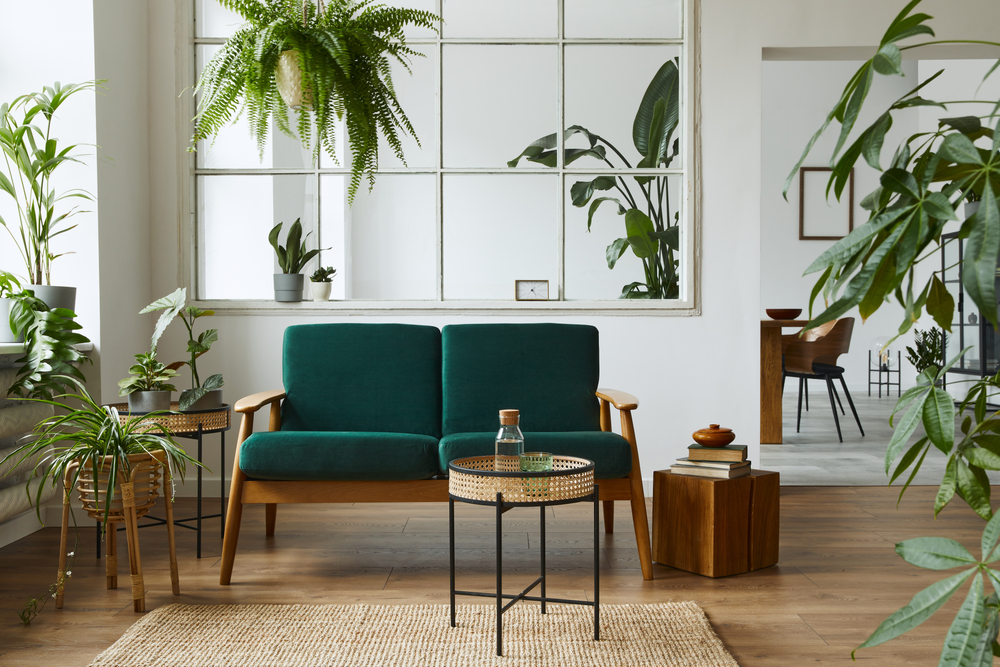
Choosing plants that are not suited for indoor conditions is one of the most common mistakes in apartment gardening. Many new gardeners select plants that require full sunlight or large spaces, which may not be feasible in an apartment setting. For example, large vegetable plants or trees may need more sunlight than an apartment window can provide, leading to poor growth or failure. It’s important to research the light and temperature requirements of each plant before bringing them into your home.
Additionally, some plants need higher humidity levels or more room for their roots to spread out. Plants like ferns and orchids thrive in humid conditions, which can be hard to maintain without the right setup. Instead, opt for plants that do well in lower light and smaller spaces, like spider plants, succulents, or snake plants, to ensure that your apartment garden remains healthy and vibrant.
Using Inadequate Pots

The pot you choose can make a huge difference in the health of your plants. Using pots without drainage holes can lead to stagnant water that can rot the roots of your plants. When water cannot escape, it may accumulate at the bottom of the pot, causing the roots to suffocate and develop root rot. This is particularly important for plants that are sensitive to excess moisture, such as succulents and cacti.
In addition to drainage, the size of the pot matters. A pot that is too small can restrict the growth of your plant’s roots, while one that is too large can lead to water retention and nutrient imbalance. Choosing a pot that allows for proper drainage and matches the size of the plant will give it the space it needs to thrive and help prevent water-related issues.
Overwatering Plants
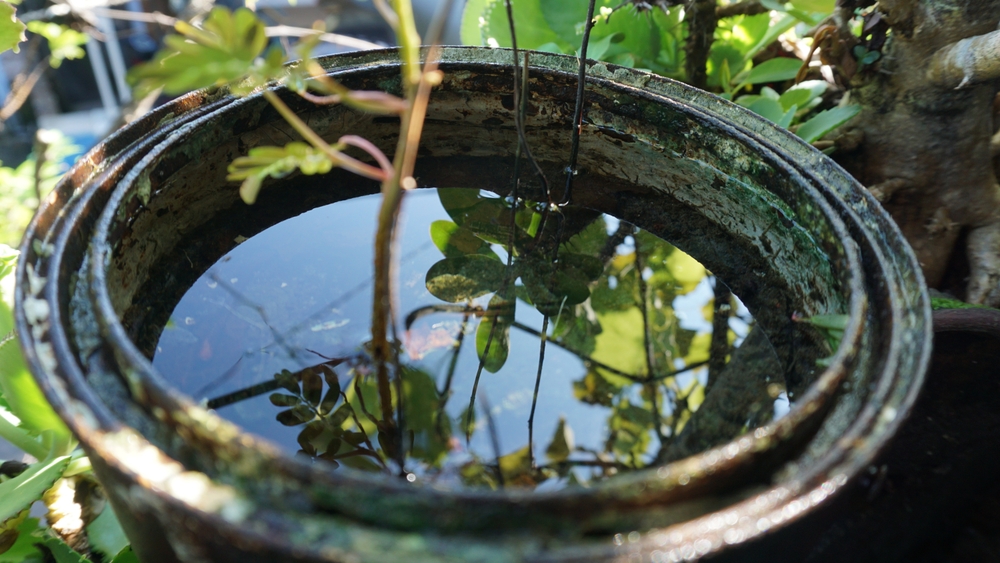
Overwatering is one of the easiest mistakes to make when gardening in an apartment. Many plants do not require constant watering and prefer their soil to dry out between waterings. When you overwater, the soil becomes too saturated, and oxygen is unable to reach the plant’s roots. This can lead to root rot and other diseases. In apartments with less sunlight, plants tend to need less water than they would outside because the water evaporates more slowly.
To avoid overwatering, it’s important to check the moisture level of the soil before adding more water. Use your finger or a moisture meter to test the soil. If the top inch feels dry, it’s time to water. For plants like succulents and cacti, which prefer to be on the dry side, it is crucial to allow the soil to dry out completely between waterings. Adjust the watering frequency based on the needs of each plant, especially in indoor conditions where humidity and temperature may vary.
Underwatering Plants
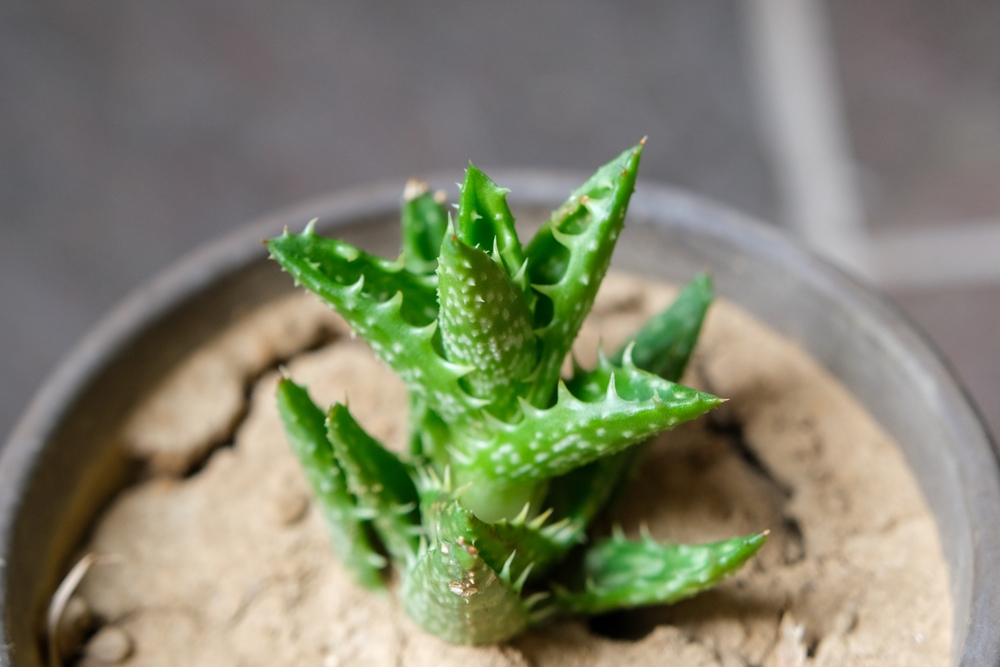
Underwatering is another common issue for apartment gardeners. It can be easy to forget about your plants, especially if they seem to be surviving without much attention. However, not watering plants enough can cause the leaves to curl, turn yellow, or drop off. When plants do not receive enough water, they struggle to perform basic functions like photosynthesis and nutrient uptake, which can ultimately stunt their growth.
The key to preventing underwatering is setting up a regular watering schedule and sticking to it. However, it’s important to remember that each plant has different needs. For instance, some plants, like succulents, require very little water, while others, like ferns or peace lilies, need a consistent amount of moisture. By understanding the water requirements of your plants, you can ensure they stay hydrated and healthy.
Neglecting Sunlight
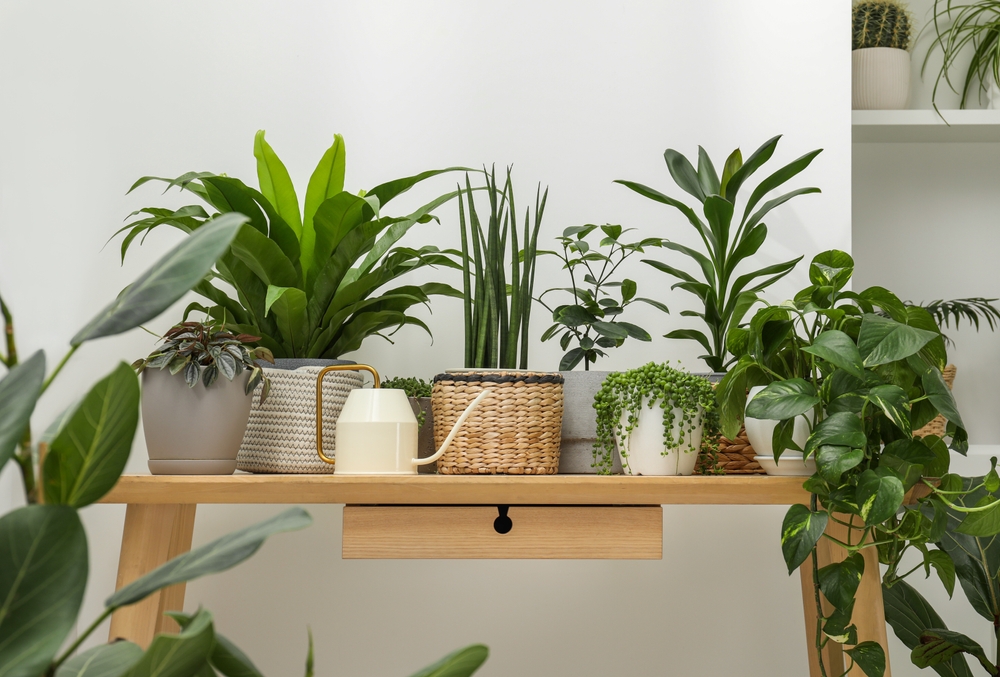
Sunlight is one of the most crucial elements for plant health, and neglecting it can lead to poor growth and weak plants. In an apartment, sunlight may be limited depending on the orientation of your windows and the time of year. Some plants require direct sunlight for several hours a day, while others do better with indirect or filtered light. Not considering the light requirements of a plant can lead to stunted growth, yellowing leaves, or the plant becoming leggy as it stretches toward the light source.
To avoid this mistake, assess the amount of natural light your apartment gets and choose plants that thrive in that environment. If your space has limited natural light, consider low-light plants like pothos, ZZ plants, or snake plants. For plants that require more sunlight, try placing them near windows that get direct light or supplementing with grow lights to provide the necessary light for optimal growth.
Ignoring Pest Control
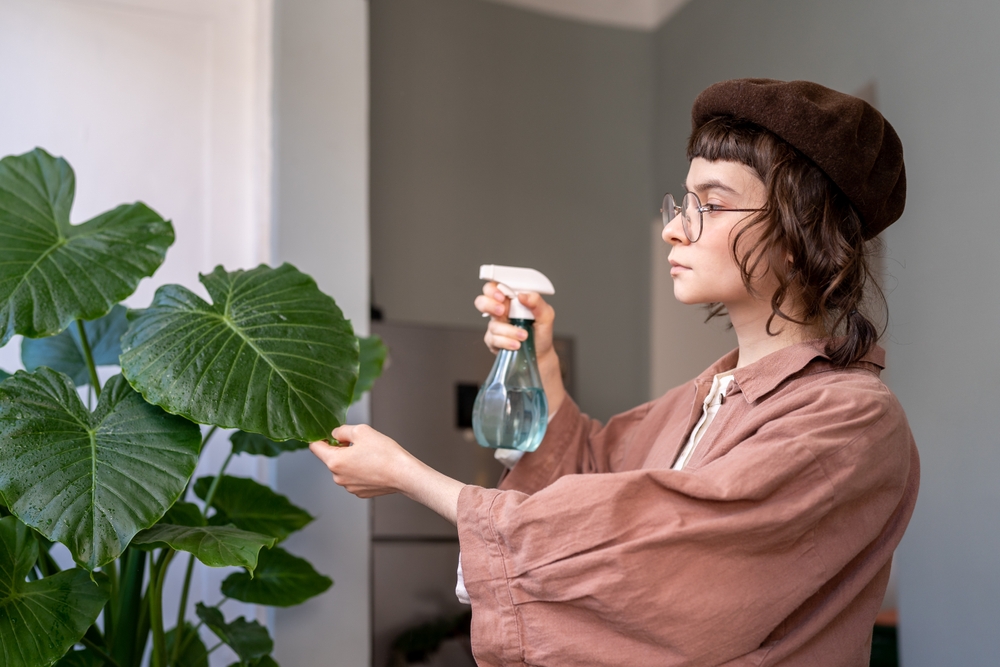
Indoor gardening comes with its own set of pest challenges, and many apartment gardeners fail to take preventive measures. Pests like aphids, spider mites, and mealybugs can quickly infest plants and damage them by sucking out nutrients from the leaves. Since apartment spaces are often smaller and more contained, pests can spread quickly from one apartment to another if not caught early.
To prevent pest problems, regularly inspect your plants for signs of infestation, such as discolored leaves or small webs. If pests are detected, act quickly by removing them manually, using insecticidal soap, or isolating affected plants until they are treated. Additionally, maintaining a clean environment and avoiding overwatering can discourage pests from taking up residence in your plants. Preventive measures, like using neem oil or other natural repellents, can also be effective in keeping pests at bay.
Not Understanding Soil Needs
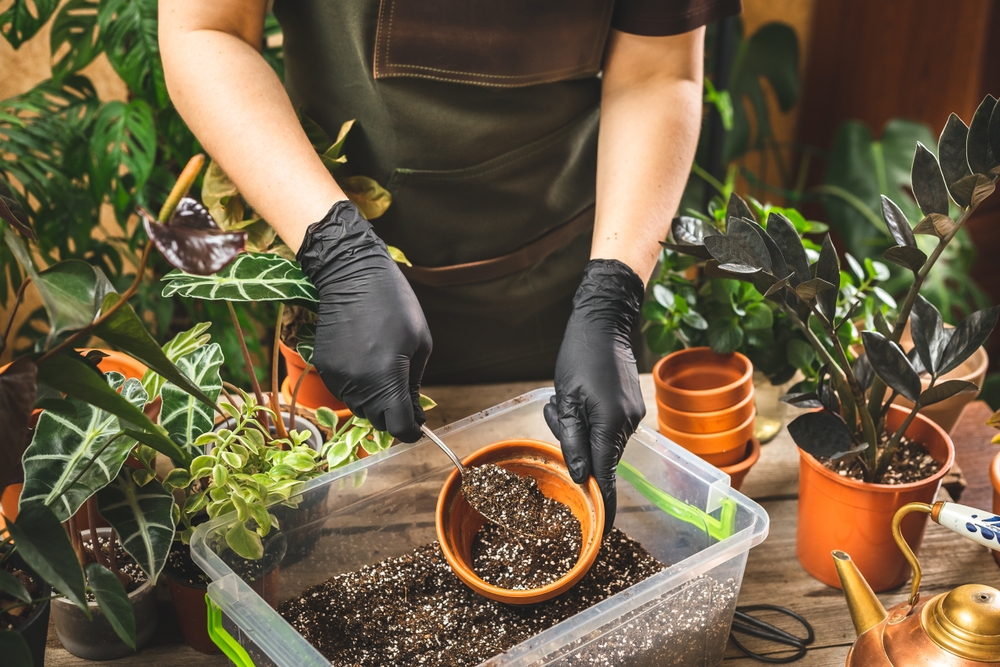
Soil is a plant’s foundation, and using the wrong type of soil can lead to poor growth. Different plants require different types of soil depending on their needs for drainage, nutrients, and moisture retention. For example, cacti and succulents require a well-draining mix to prevent root rot, while tropical plants need soil that retains moisture but does not stay soggy. Using generic potting soil without considering these factors can negatively impact plant health.
When gardening in an apartment, it’s important to select the right soil for each plant. Be sure to read up on your plant’s preferred soil type, whether it is acidic, well-draining, or nutrient-rich. For plants like orchids or African violets, consider using specialized soil blends designed to meet their specific needs. Understanding these differences ensures that your plants have the proper environment to grow and thrive.
Overcrowding Plants
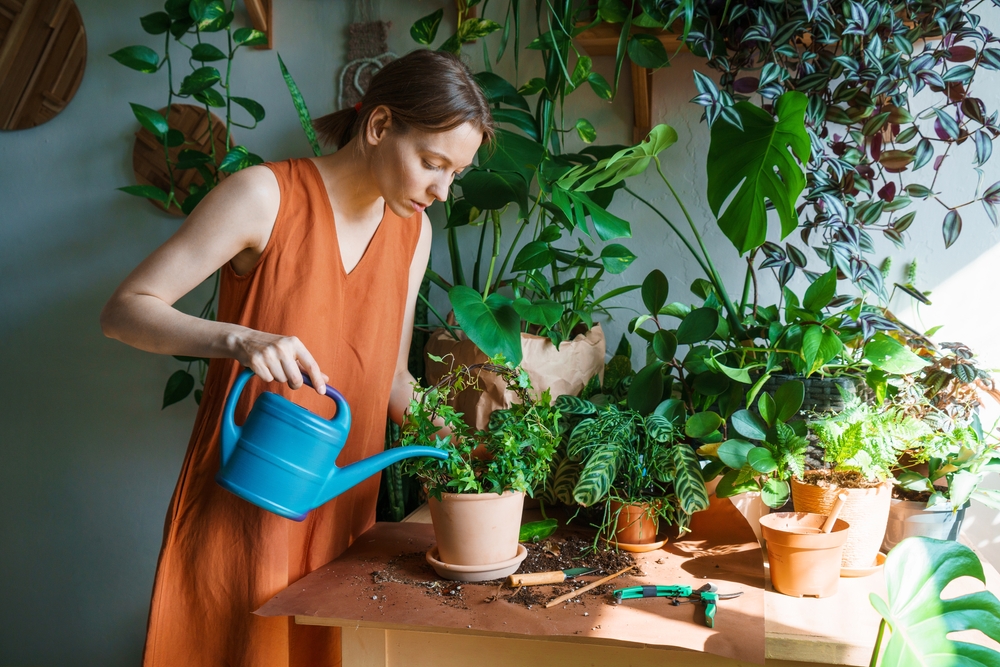
It’s tempting to fill up every available space with plants, but overcrowding can be detrimental. When plants are packed too closely together, they compete for resources like light, water, and nutrients. Overcrowding also restricts air circulation around the plants, which can lead to mold growth or an increased risk of pests. This can cause your plants to become unhealthy or stunted in their growth.
To avoid overcrowding, make sure each plant has enough space to spread out and receive the light it needs. Arrange plants with similar light and water requirements together, and avoid placing larger plants too close to smaller ones. This will allow them to grow freely and remain healthy without unnecessary competition for resources.
Not Using Proper Fertilization
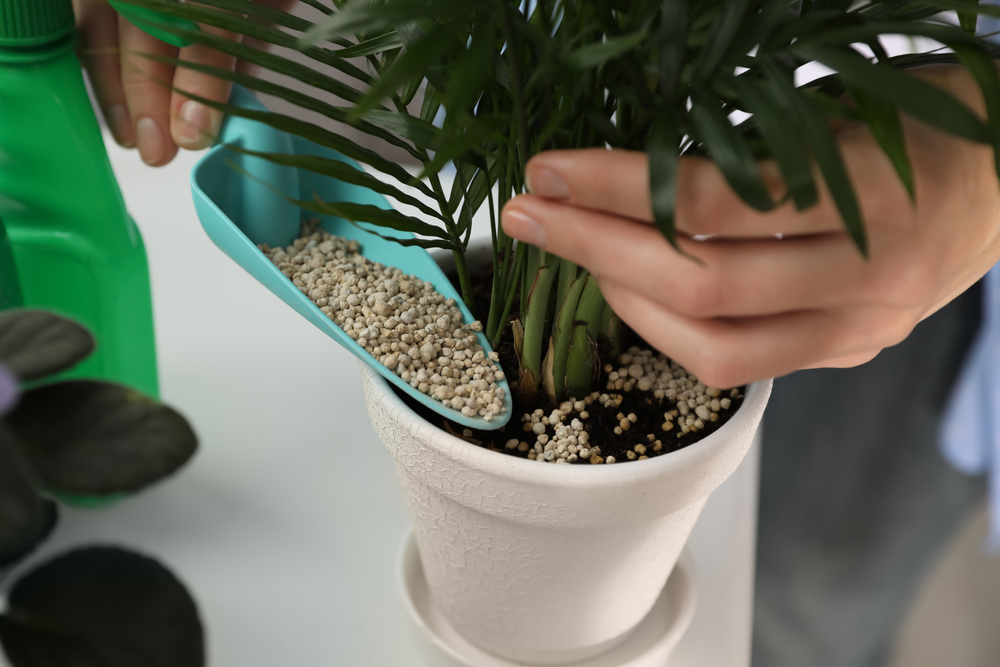
Fertilization is an important part of keeping your plants healthy, but over- or under-fertilizing can cause problems. In apartments, plants may not have access to the same amount of natural nutrients as they would outdoors, so adding fertilizer can help supplement their growth. However, applying too much fertilizer can lead to “fertilizer burn,” where the roots and leaves become damaged, and too little can result in poor growth.
To avoid fertilization mistakes, follow the instructions on the fertilizer packaging and use a balanced, water-soluble fertilizer designed for indoor plants. It’s generally best to fertilize plants during the growing season, typically spring and summer, and reduce or stop fertilizing during the fall and winter when most plants are dormant. Over-fertilizing can do more harm than good, so be sure to use only the recommended amount to keep your plants healthy.
Forgetting to Repot Plants
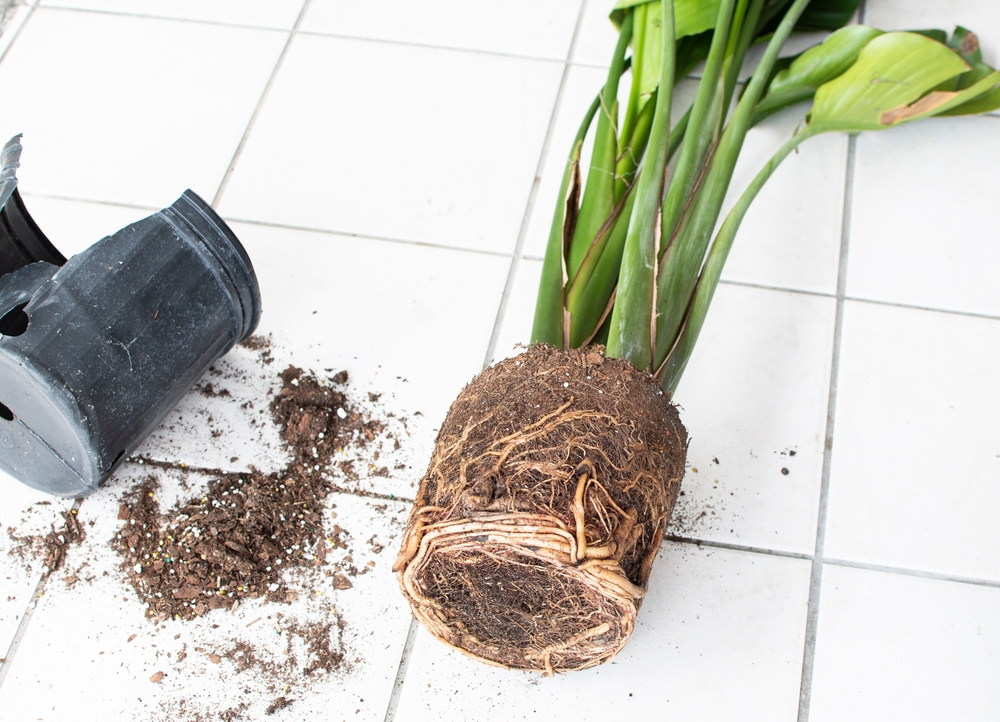
As plants grow, they need more space for their roots to spread out. Failing to repot plants when they become root-bound can lead to stunted growth, poor water absorption, and overall plant health deterioration. When roots start to outgrow their container, they can become tangled and compacted, limiting the amount of soil available for nutrients.
Check your plants regularly to ensure they are not root-bound. If you notice roots growing out of the drainage holes or circling the pot, it is time to repot. When repotting, choose a slightly larger pot with good drainage, and be sure to use fresh potting soil to provide nutrients for your plant’s continued growth.
Ignoring Seasonal Changes
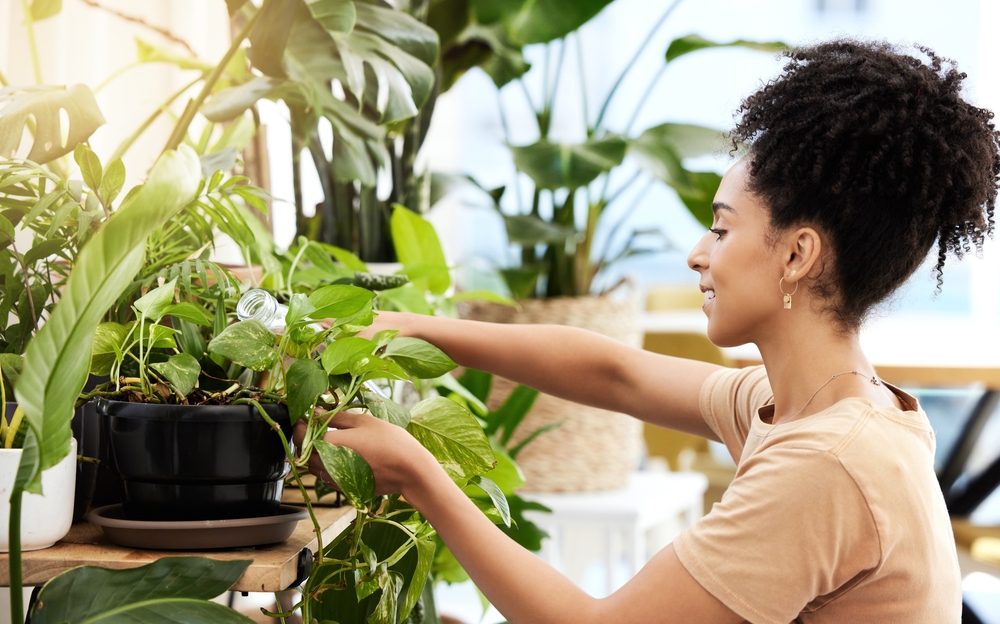
Indoor gardening still requires attention to seasonal changes, which can affect your plants’ light needs and water requirements. In the winter, for example, sunlight may be less intense, and the air can be drier due to heating systems. This can stress your plants and cause them to lose leaves or become leggy.
Adapt to these changes by adjusting your watering schedule, repositioning plants to maximize light exposure, or using a humidifier to maintain proper humidity levels. Understanding and responding to the changing seasons ensures your plants stay healthy year-round, despite the challenges of an indoor environment.
Not Using Proper Tools
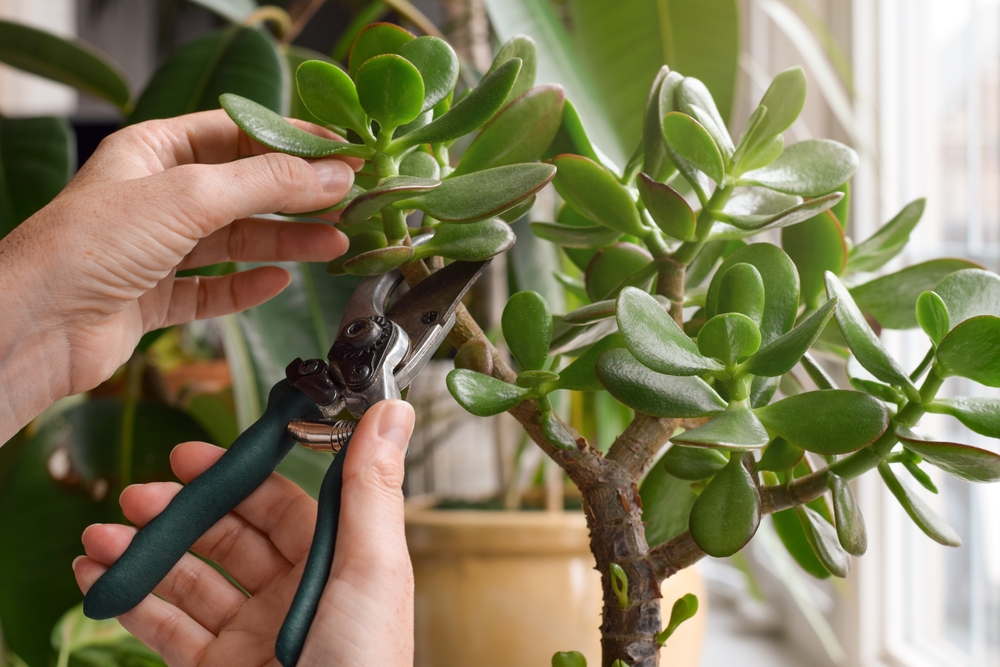
Using the wrong tools or not using tools at all can lead to frustration and damage to your plants. Tools like pruning shears, watering cans with a narrow spout, and soil moisture meters are all helpful in maintaining your indoor garden. Improper cutting techniques or using dull tools can harm your plants or prevent them from growing as intended.
Investing in the right tools for your garden can save time and prevent accidental damage. For example, using a sharp pair of pruning shears helps make clean cuts that allow plants to heal quickly, while a moisture meter ensures you do not over- or underwater your plants. Proper tools also make tasks like repotting and fertilizing easier and more efficient.
This article originally appeared on Avocadu.
